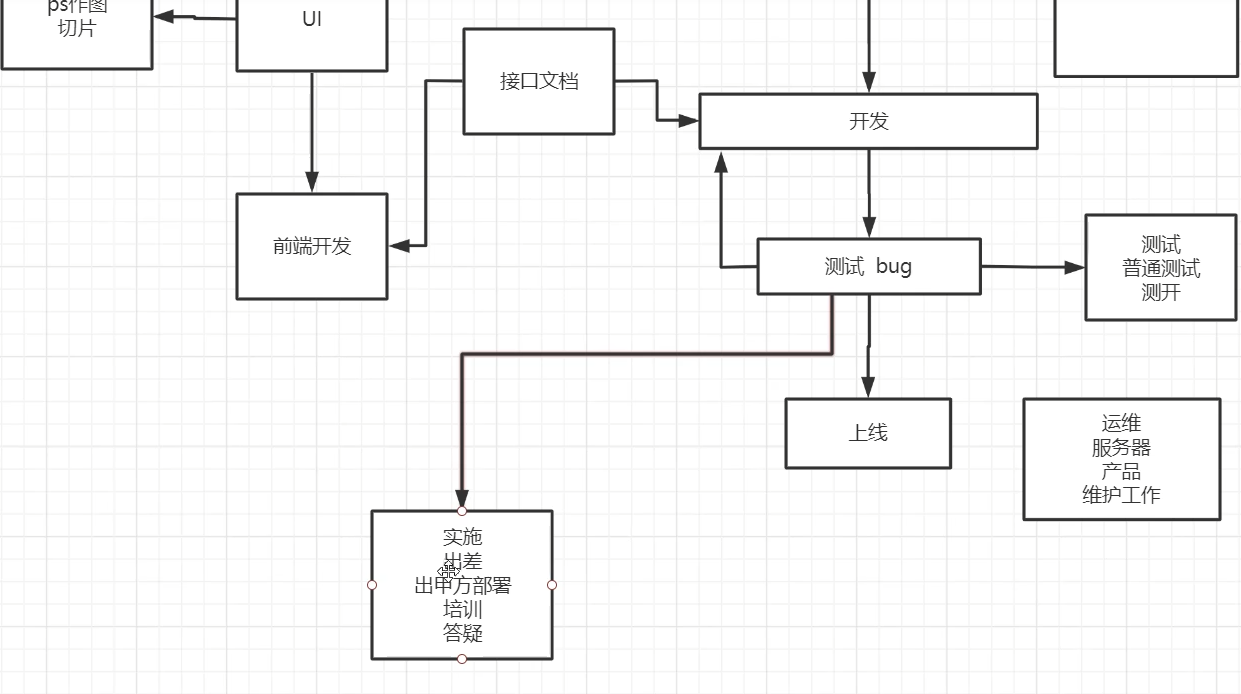在Python中,pymysql和psycopg2是两个非常流行的库,用于与MySQL和PostgreSQL数据库进行交互。本文将详细介绍如何使用这两个库来执行SQL查询、插入、更新和删除操作。

1. 准备工作
首先,确保已经安装了pymysql和psycopg2库。如果尚未安装,可以通过以下命令安装:
pip install pymysql psycopg2
2. 连接数据库
2.1 连接MySQL
使用pymysql连接MySQL的代码示例:
import pymysql# 连接数据库
connection = pymysql.connect(host='localhost',user='your_username',password='your_password',database='your_database',charset='utf8mb4',cursorclass=pymysql.cursors.DictCursor
)# 创建游标对象
with connection.cursor() as cursor:# 执行SQL语句sql = "SELECT * FROM your_table"cursor.execute(sql)result = cursor.fetchall()for row in result:print(row)# 关闭连接
connection.close()
2.2 连接PostgreSQL
使用psycopg2连接PostgreSQL的代码示例:
import psycopg2# 连接数据库
connection = psycopg2.connect(host="localhost",user="your_username",password="your_password",dbname="your_database"
)# 创建游标对象
with connection.cursor() as cursor:# 执行SQL语句sql = "SELECT * FROM your_table"cursor.execute(sql)result = cursor.fetchall()for row in result:print(row)# 关闭连接
connection.close()
3. 执行SQL操作
3.1 查询操作
3.1.1 MySQL查询
with connection.cursor() as cursor:sql = "SELECT * FROM your_table WHERE condition"cursor.execute(sql)result = cursor.fetchall()for row in result:print(row)
3.1.2 PostgreSQL查询
with connection.cursor() as cursor:sql = "SELECT * FROM your_table WHERE condition"cursor.execute(sql)result = cursor.fetchall()for row in result:print(row)
3.2 插入操作
3.2.1 MySQL插入
with connection.cursor() as cursor:sql = "INSERT INTO your_table (column1, column2) VALUES (%s, %s)"cursor.execute(sql, ('value1', 'value2'))connection.commit()
3.2.2 PostgreSQL插入
with connection.cursor() as cursor:sql = "INSERT INTO your_table (column1, column2) VALUES (%s, %s)"cursor.execute(sql, ('value1', 'value2'))connection.commit()
3.3 更新操作
3.3.1 MySQL更新
with connection.cursor() as cursor:sql = "UPDATE your_table SET column1 = %s WHERE condition"cursor.execute(sql, ('new_value',))connection.commit()
3.3.2 PostgreSQL更新
with connection.cursor() as cursor:sql = "UPDATE your_table SET column1 = %s WHERE condition"cursor.execute(sql, ('new_value',))connection.commit()
3.4 删除操作
3.4.1 MySQL删除
with connection.cursor() as cursor:sql = "DELETE FROM your_table WHERE condition"cursor.execute(sql)connection.commit()
3.4.2 PostgreSQL删除
with connection.cursor() as cursor:sql = "DELETE FROM your_table WHERE condition"cursor.execute(sql)connection.commit()
4. 错误处理
在执行数据库操作时,可能会遇到各种错误,如连接失败、SQL语法错误等。正确的错误处理可以确保程序的健壮性。
try:with connection.cursor() as cursor:cursor.execute(sql)
except pymysql.MySQLError as e:print(f"Error: {e}")
finally:connection.close()
5. 最佳实践
- 使用连接池:对于高并发应用,使用连接池可以提高性能。
- 避免SQL注入:使用参数化查询来防止SQL注入攻击。
- 关闭连接:确保在操作完成后关闭连接,以释放资源。
- 使用上下文管理器:使用
with语句来自动管理资源。
6. 总结
本文介绍了如何使用pymysql和psycopg2连接MySQL和PostgreSQL数据库,并执行SQL查询、插入、更新和删除操作。我们还探讨了错误处理和最佳实践,以帮助新手朋友更好地理解和使用这些技能。
通过这些知识,你可以开始在Python项目中使用数据库,无论是进行数据存储、检索还是更新。记住,实践是学习的关键,所以尝试在实际项目中应用这些知识,以加深理解。
希望这篇文章对你有所帮助!如果你有任何问题或需要进一步的帮助,请随时提问。





![[论文阅读] DVQA: Understanding Data Visualizations via Question Answering](https://i-blog.csdnimg.cn/direct/65840da4a892402abcbad35fac3f137e.png)












